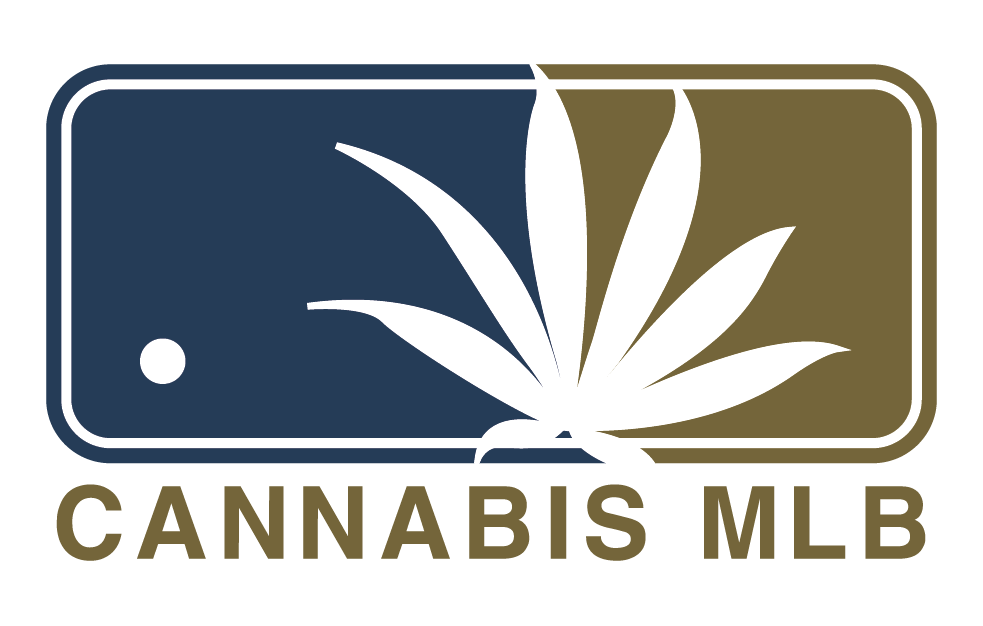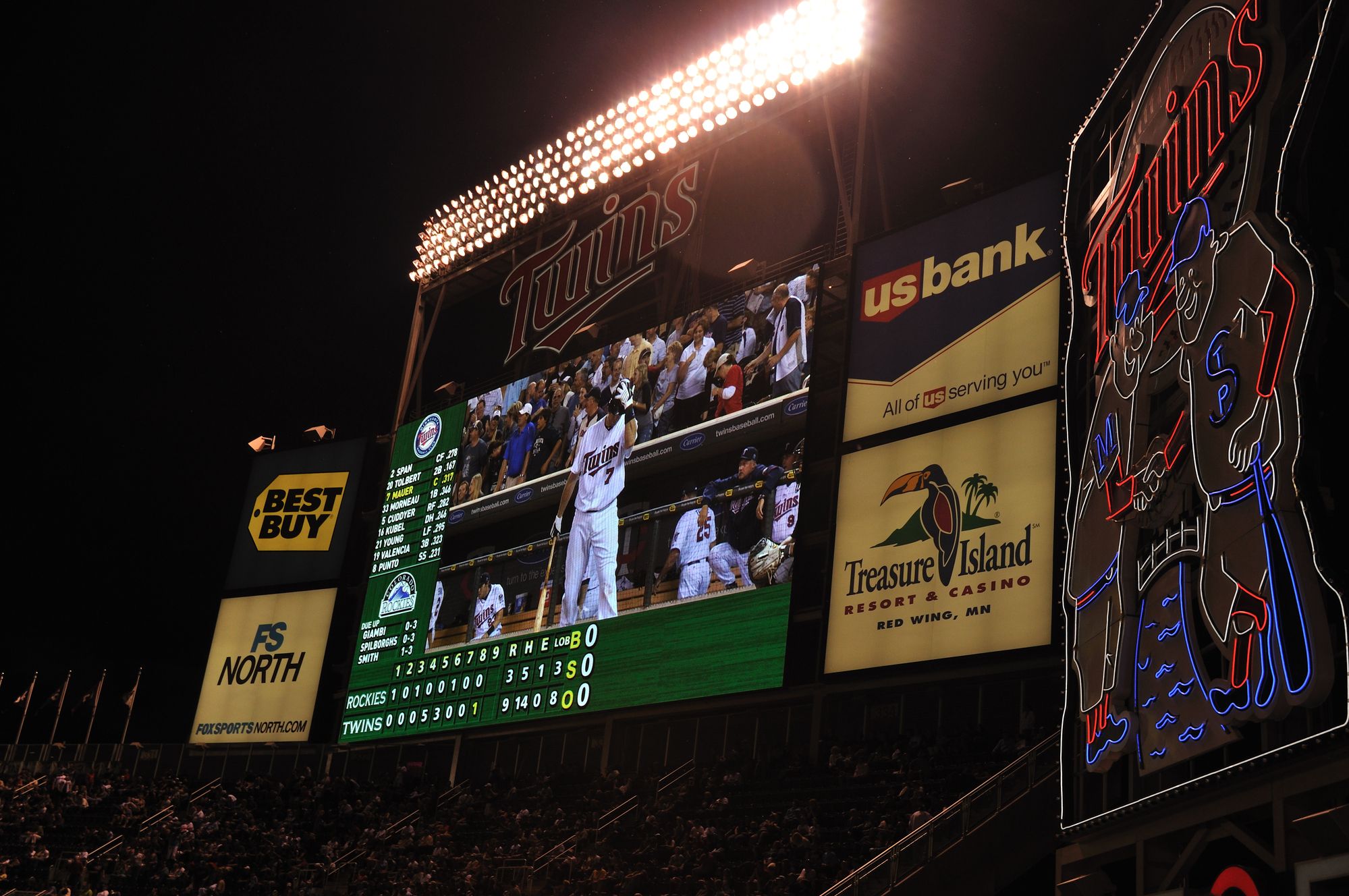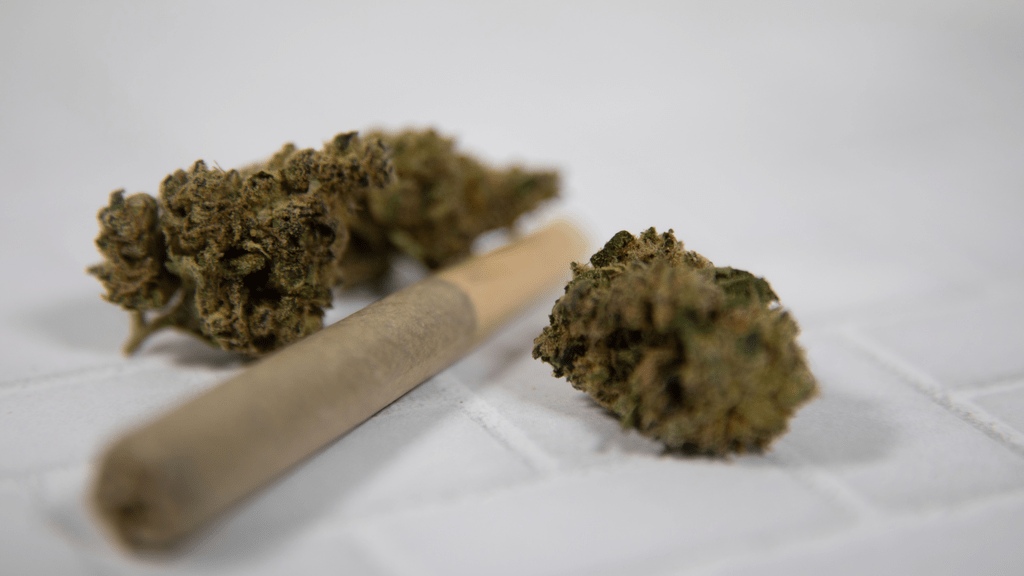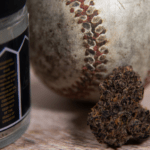From the early 2000s, MLB and the MLBPA handled “drugs of abuse” (including marijuana) very differently for major leaguers versus minor leaguers. Under MLB’s first joint drug agreement in 2002, marijuana possession or use could trigger fines and mandatory treatment but not on-field suspensions for big leaguers—discipline focused on treatment rather than bans.
Meanwhile, the Minor League Drug Prevention and Treatment Program was far stricter. A first violation for a “drug of abuse” put a player into treatment; a second positive brought a 50-game suspension; a third, 100 games; and a fourth could mean a permanent ban. That ladder of penalties is repeatedly reflected in MiLB announcements and legal summaries of the two systems.
Notable cases: In 2007, Milwaukee prospect Jeremy Jeffress received a 50-game suspension after a positive test widely reported as marijuana. Two years later, a third violation brought a 100-game hit—one of the era’s starkest examples of how cannabis use could derail a promising arm.
By 2010, the minors saw a steady cadence of “drug of abuse” suspensions. Dodgers top prospect Andrew Lambo was suspended 50 games following his second positive; contemporaneous coverage and later reporting connected the violation to marijuana.
High-profile big leaguers occasionally faced civil citations without league bans, underscoring the major/minor divide. In 2009, Tim Lincecum was cited for marijuana in Washington state, but MLB discipline did not follow—consistent with the major league policy at the time.
The mid-2010s featured aggregate suspension totals that show how common “drug of abuse” cases were in the minors: MLB’s own roundup logged 108 drug-related suspensions in 2015 across the system (PEDs and drugs of abuse combined), with MiLB trackers listing names and lengths all season long.
A telling inflection point came with Astros first baseman Jon Singleton. After a 50-game suspension tied to marijuana in 2013, Singleton later drew a 100-game suspension in 2018 following a third positive under the minor-league program—an arc he has since discussed openly. His career illustrates how cannabis rules in the minors could shadow a player for years.
The watershed change arrived on December 12, 2019. MLB and the MLBPA announced that “natural cannabinoids” (e.g., THC and marijuana) would be removed from the drugs-of-abuse list and treated like alcohol. The updated approach emphasized education and treatment for substances like opioids and cocaine, with discipline only for failing to cooperate with treatment. Crucially, MLB also ended marijuana suspensions in the minor leagues.
By 2020, that shift was evident: marijuana suspensions disappeared from MiLB dockets as the unified program took hold, and annual suspension totals trended down with policy recalibration and greater focus on PEDs and safety-driven education. Singleton’s subsequent return to the majors—and reflections on how the old rules affected him—have since become emblematic of the policy evolution.
In short: before 2019, cannabis could cost minor leaguers 50 or even 100 games—and, in cases like Jeffress and Singleton, years of career momentum—while major leaguers generally faced treatment and fines. The 2019 overhaul aligned the sport with a treatment-first philosophy and effectively closed the book on cannabis-based suspensions across affiliated baseball.






